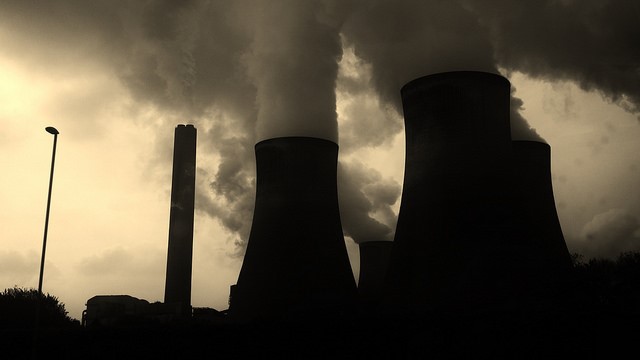Poverty Reduction Alone: Not a Remedy for Pollution in India

Although poverty in India was reduced by 91.6 million people between 2009 and 2012, 363 million Indians still live below the poverty line according to a 2014 report by the Indian government. Chief government planning commission officer, Amitabh Kant, however, projects that poverty in India can be eliminated by 2032 if gross domestic product growth increases to 10 percent, as it would result in a $10 trillion economy. While India has huge potential to have a booming economy and lower poverty rates, it must grow sustainably, acknowledging the environment’s limitations, specifically, pollution in India.
In the next few decades, India hopes to mimic the massive growth of China. However, India should also look to China’s past and present as an opportunity to learn from its mistakes. Unrestrained growth called for incredible energy demands in China, which burned 3.2 billion tons of coal in 2010 alone.
The pollution has consequently caused the air quality in some areas to be as toxic as smoking 40 cigarettes a day, according to Berkeley scientist, Richard Muller. Purely relying on fossil fuels will counter many of India’s poverty alleviation efforts by simultaneously deteriorating the living environment.
Another key factor for India to consider when structuring its economic growth is the already extremely polluted environment. According to the World Health Organization (WHO) air quality guideline, 22 of the 50 most polluted cities in the world are in India. A 2014 WHO report also indicated that between 0.5 and 0.6 million people die from pollution in India.
The country currently burns 150 million tons of biomass annually for cooking and heating. As India works to provide 300 million more people with electricity, its emissions are projected to double, surpassing those of the U.S. and China. While continuing to use fossil fuels and similar energy sources may be cheap in the short run, long-term damage will be incalculable and possibly sabotage the country’s future. As a result, businesses have begun to look to India’s energy demands as an excellent opportunity.
One rising startup is BioLite. The company created a stove that converts electricity from captured smoke and wasted energy from burned biomass, which is then stored in an external battery.
The stove is more energy efficient and nearly eliminates the pollution created from cooking, one of the largest contributors to India’s pollution. With a proper partnership and widespread production of the BioLite stoves, India could equip its poorest with both safer cooking equipment and rudimentary access to electricity.
Given its proximity to the sea, India has also considered utilizing ocean generated electricity, through either wave, tidal, current or thermal energy. One company, Ocean Power Technologies, has recently deployed its buoys, one of the first to do so, off the coast of New Jersey. At $19 million, the company may even be large enough to propel India’s nascent ocean power technology programs.
Other companies that could benefit from the Indian market are solar technology companies and electric car companies. While opening its market to foreign companies may expose Indian companies to harmful competition, the country itself needs to find feasible ways to ease itself into accelerated growth.
The impending energy demands can either launch the country into the future or drag it through lethal pollution levels. With these new business relations, India’s future has the potential to be bright.
– Henry Gao
Photo: Flickr
